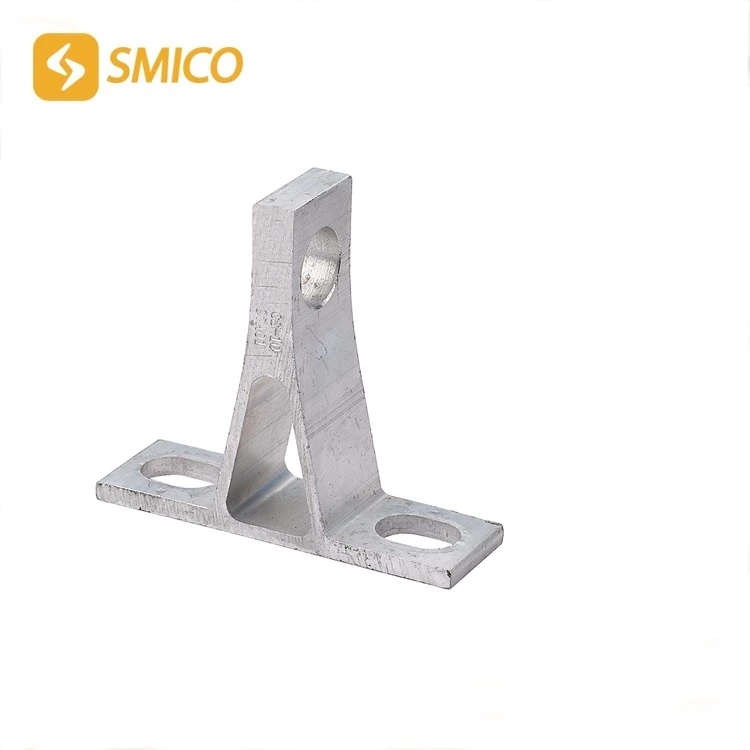The Main Functions And Installation Requirements Of Galvanized Crossarms
Galvanized crossarms are divided into three types according to the different forces: straight, tension and terminal. Straight galvanized crossarms refer to those that only consider the vertical and horizontal loads of the conductors under normal conditions without disconnection; tension root crossarms refer to those that only consider the vertical and horizontal loads of the conductors under normal conditions without disconnection, and will also bear the tension difference of the conductors; terminal crossarms refer to those that only consider the vertical and horizontal loads of the conductors under normal conditions without disconnection, and will also bear the larger single-side conductor tension.
The main functions of Anchor Bracket are:
(1) Support the conductors through insulators. Galvanized crossarms
(2) Make the phase line and neutral line have a certain space insulation distance in the middle of the distance and on the pole.
When supporting the conductor, it must be subjected to the force of the conductor, such as the weight of the conductor, the wind pressure of the conductor and the tension of the conductor. Therefore, it should have a certain mechanical strength, otherwise it will cause serious galvanized crossarm breakage accidents.
How to install the mold arm? What are the requirements?
The galvanized crossarm is generally installed 300mm from the top of the pole. In order to facilitate the identification of the power supply side during maintenance and inspection, the single galvanized cross arm should be installed on the receiving side; the single-mode cross arm of the 90o corner pole, terminal pole, and branch pole should be installed on the wire pulling side, and the galvanized cross arm support iron should be installed on the left side facing the receiving side. In addition, the unified installation process can form a regular process for future maintenance and inspection work, avoid missing inspection items, and make it easier to find defects.
The vertical and horizontal installation errors of the galvanized cross arm mainly consider:
(1) The impact of vertical error on the sag within the span: The difference in the sag of each phase line within the span should not be greater than 50mm. If the vertical tilt error of the galvanized cross arm is greater than 25mm, it will greatly increase the difference in the lowest point of the conductor, thereby increasing the risk of wind deviation approaching or even mixing lines, and cannot meet the requirements of sag error, so it should be limited.
(2) The horizontal tilt and torsion error adds harmful external forces to the galvanized cross arm, pole and insulation after the line is erected.

